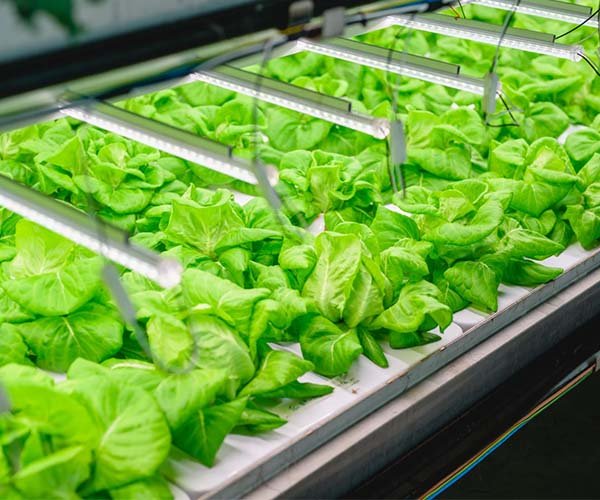In modern agricultural production, Liquid Fertilizers are increasingly favored by farmers and the agricultural market due to their numerous advantages, such as flexible formulation, high absorption rates, and ease of use. However, liquid fertilizers often face the issue of gas expansion during production, storage, and transportation, which poses challenges for manufacturers, distributors, and users alike.
1. Types of Liquid Fertilizers
Liquid fertilizers can be categorized based on their main components and functions:
- Chemical Liquid Fertilizer: Primarily provide essential nutrients for plants, using synthetic materials like urea, ammonium salts, and phosphates. They can be single-nutrient or multi-nutrient fertilizers, further divided into macronutrient, mesonutrient, and micronutrient types. These fertilizers are usually transparent and adhere to standardized technical specifications.
- Organic Liquid Fertilizer: Supply organic nutrients, such as amino acids, humic acids, and seaweed extracts. They are derived from diverse sources but lack uniform standards, leading to variations in purity and hydrophilicity. The liquid is often opaque and may contain small amounts of water-insoluble substances.
- Microbial Liquid Fertilizer: Focus on beneficial functional bacteria and their metabolites, containing organic nutrients and mineral elements to promote nutrient absorption and crop growth. Common products are based on Bacillus species, with increasing diversity due to technological advancements.
- Composite Liquid Fertilizer: Combine features of chemical, organic, and microbial fertilizers, offering comprehensive nutrition and wide applicability, though with slightly less specificity.
2. Causes of Gas Expansion in Liquid Fertilizers
1. Chemical Liquid Fertilizers:
- Volatilization of ammonium nitrogen: Ammonium salts, commonly used in liquid fertilizer, release ammonia gas under heat or alkaline conditions, increasing internal pressure.
- Urea hydrolysis: Urea, used to increase nitrogen content, can hydrolyze under certain conditions, producing ammonia and carbon dioxide, leading to gas expansion.
2. Organic Liquid Fertilizers:
- Incomplete production processes can cause secondary fermentation, producing gases like methane, hydrogen sulfide, and carbon dioxide.
3. Microbial Liquid Fertilizers:
- Active bacteria continue metabolic activities after packaging, producing gases during reproduction, dormancy, or death cycles.
4. Composite Liquid Fertilizers:
- Complex compositions and biochemical reactions between components can lead to gas expansion.
5. Other Factors:
- Product formulation, production processes, packaging integrity, and storage conditions also influence gas expansion.
3. Hazards of Gas Expansion
- Damages Product Image and Trust: Swollen or burst packaging affects product appearance, raising doubts about quality and harming brand reputation.
- Environmental Pollution: Leakage from damaged packaging contaminates stored products and surrounding areas, potentially polluting water bodies.
4. Solutions to Gas Expansion
1. Chemical Liquid Fertilizers:
- Add urease inhibitors (e.g., NBPT) to prevent urea hydrolysis.
- Adjust pH to acidic levels and store in cool, dry conditions to suppress ammonia release.
2. Organic Liquid Fertilizer:
- Use preservatives like potassium sorbate, nisin, or lysozyme to inhibit microbial growth and organic decomposition.
3. Microbial Liquid Fertilizers:
- Create unfavorable conditions for non-spore-forming bacteria using additives like sodium benzoate or glycine.
- Introduce inert gases (e.g., nitrogen) to reduce aerobic microbial activity.
4. Composite Liquid Fertilizer:
- Combine multiple methods tailored to specific causes of gas expansion.
5. Other Measures:
- Improve packaging with thicker, high-strength materials (e.g., high-density polyethylene) or enhanced breathability (e.g., vented caps).
- Standardize storage and transportation conditions, keeping fertilizers in cool, dry places and using opened products promptly.
- Control filling temperature (below 40°C) to prevent packaging deformation.
5. Product Stability Testing
Stability testing under extreme temperatures is crucial before large-scale production:
- Low-Temperature Stability: Store samples at -15°C for 14 days to check for crystallization or phase separation.
- High-Temperature Stability: Store samples at 55°C for 14 days to observe turbidity, gas expansion, or phase separation.
By addressing these factors, the challenges of gas expansion in liquid fertilizers can be effectively managed, ensuring product quality and user satisfaction.


